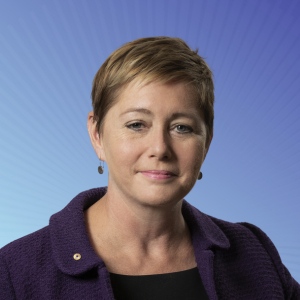28 August 2012
Standard Risk Measure
On 1 August 2011, the Association of Superannuation Funds of Australia (ASFA) and the Financial Services Council (FSC) released the Standard Risk Measure (SRM). The SRM was released in response to a letter from APRA to superannuation trustees dated 29 June 2010, advising that APRA would be releasing principles-based guidance on the disclosure of investment risk to superannuation members. APRA stated that investment risk should be measured by the likely number of negative returns over a 20-year period.
The SRM is to be included in shorter form product disclosure statements (SPDS) that are issued on or after 22 June 2012.
The purpose of the SRM is to provide superannuation members with a descriptor to assist in comparing investment options (both within and across superannuation funds) utilising a simplified risk measure.
No other jurisdiction around the world requires funds to disclosure a measurement of risk to superannuation members. Australia’s super industry is world-leading in this regard.
The SRM can also be used on an ‘if not, why not’ basis. However, APRA and ASIC expect to see some form of SRM within the SPDS or it can be incorporated by reference within the SPDS.
ASFA believes that it’s important the SRM be implemented. It’s important that the industry work together to show Government and regulators that we are able to self-regulate. While we know the Measure is not perfect, it is an improvement on a complete absence of such information.
The SRM will be subject to review.
ASFA believes that it’s important the industry continue to engage with the Measure and that it (or an alternative on an ‘if not why not’ basis) should firstly be implemented before making any further changes to the guidance.
The review of the Measure will include representatives from all impacted sectors of the superannuation industry.
A timeframe for the review has not been set, however ASFA is actively seeking feedback from our members and engaging with industry experts to ensure the next iteration of the SRM addresses any major concerns and is easily understood by superannuation members.
The Standard Risk Measure is available on the ASFA website.
For further inquiries, please contact:
Rebecca Glenn, GM Marketing and Communications, 0416 170 439
Megan McDougall, Media and Communications Coordinator, (02) 8079 0849
About ASFA
ASFA is the peak policy, research and advocacy body for Australia’s superannuation industry. It is a not-for-profit, sector-neutral, and non-party political national organisation whose aim is to advance effective retirement outcomes for members of funds through research, advocacy and the development of policy and industry best practice.
































